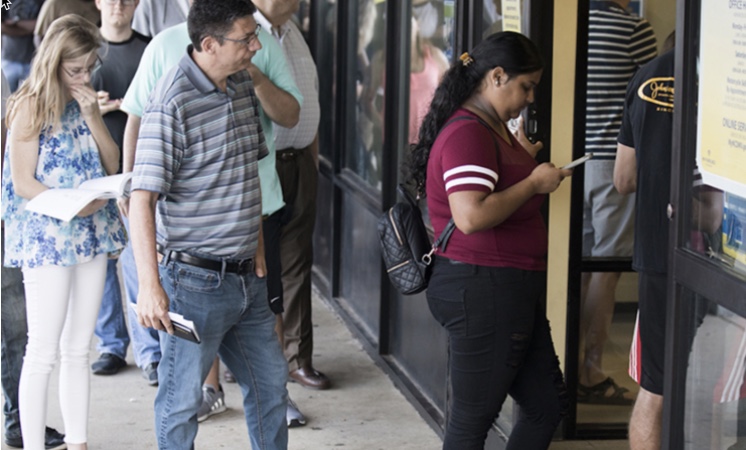Our nation’s campaign season isn’t just kicking off. It’s mid-swing.
And as we get closer to an incredibly consequential election day—one ultimately affecting local offices, state legislatures, governorships, Congress and the Senate, and the office of the president—we must recognize and address the storm on the horizon.
Many Americans are currently unequipped with what they need to vote in states with voter ID laws, unprepared or confused by the nationwide “REAL ID” switchover on October 1 that will affect their ability to travel and fly, and facing uncertainty about how the spread of the novel coronavirus may upset the primary process and election day.
Let’s start with what we know for certain: many, many Americans won’t make themselves heard in the remaining caucuses and primaries, let alone the presidential election, without a drastic intervention.
Roughly 40 million voting-age citizens—the combined voting-eligible populations of Michigan, Ohio, Pennsylvania, and Wisconsin—don’t have a driver’s license. Citizens disproportionately impacted, and oftentimes disenfranchised, by voter ID laws are voters of color, students (some states don’t accept student IDs), people with disabilities, low-income individuals, and older Americans. Collectively, this ID-less population accounts for 11 percent of voters. An additional 9 percent—led astray by ill-trained poll workers or non-existent state education campaigns—are refused a ballot or stay home because they simply don’t know what’s needed to vote. All told, up to one fourth of the country’s electorate may lose the opportunity to elect local, state, and national leaders.




